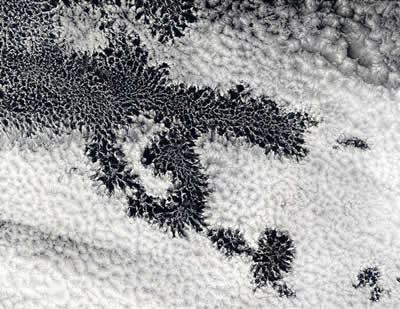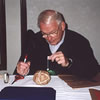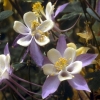This satellite image shows pockets of open cells (POCS) in stratocumulus clouds over the Southeast Pacific Ocean.
Click on image for full size
Image Courtesy of the MODIS Science Team at NASA GSFC
Pockets of Open Cells in Stratocumulus Clouds
The Southeast Pacific region typically has extensive stratocumulus cloud cover over the ocean. These offshore clouds can contain clear areas in the clouds that scientists call "pockets of open cells," or POCs. Scientists think that drizzle is responsible for the formation of POCs. They have also found a connection between drizzle and aerosols in the atmosphere.
Aerosols are tiny particles in the air that water droplets condense on within clouds during cloud formation. The concentration of aerosols in the atmosphere may impact the structure of the clouds (this is what you would see if you looked down on stratocumulus clouds from an airplane or a satellite). When there are fewer aerosols in the atmosphere, the cloud droplets that form on these aerosols are larger and produce more drizzle. This is when POCs form in the clouds. When there is a higher concentration of aerosols in the atmosphere, the cloud droplets that form are smaller and don't produce drizzle. These clouds contain closed cells.
Understanding the reasons for this difference in cloud structure is one of the objectives of the VOCALS project. Scientists studying the climate in the Southeast Pacific are trying to learn more about the amounts of aerosols and how they affect the presence of POCs in the clouds, as well as how they impact the amount of drizzle these clouds produce.
You might also be interested in:
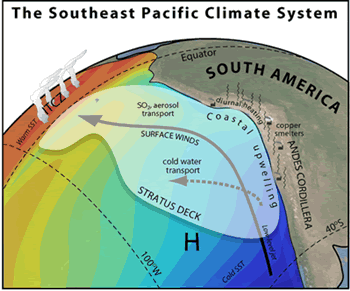
There are several regions in the world where low-lying stratus and stratocumulus clouds are frequently present and an important part of climates. It turns out that these regions also play an important
...more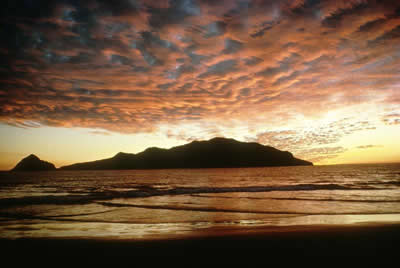
Stratocumulus (weather symbol - Sc) clouds consist of water droplets and belong to the Low Cloud (surface-2000m) group. These clouds are low, lumpy, and gray. These clouds can look like cells under a microscope
...more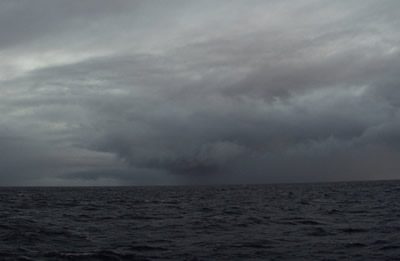
Drizzle is light precipitation that is made up of liquid water drops that are smaller than rain drops. Drizzle can be so light that only a millimeter of accumulation is measured at the Earth's surface.
...more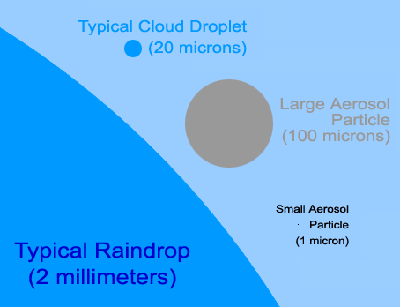
Aerosols, also called particulates, are tiny bits of solid or liquid suspended in the air. Some aerosols are so small that they are made only of a few molecules – so small that they are invisible because
...more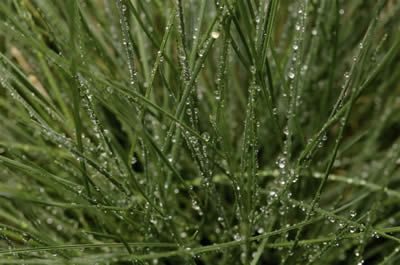
Condensation is the process by which water changes its state from a vapor or gas to a liquid. Condensation is responsible for the formation of clouds. Common examples of condensation are: dew forming on
...more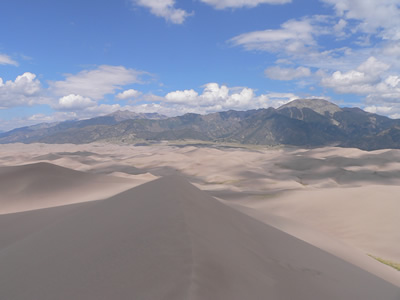
A cloud is composed of tiny water droplets or ice crystals that are suspended in the air. A series of processes have to happen in order for these water droplets or ice crystals to form into clouds in the
...more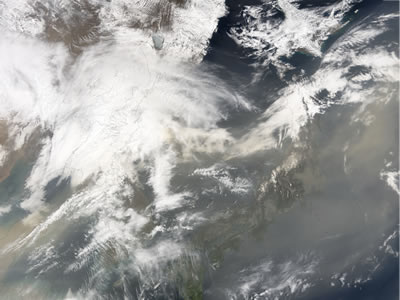
When clouds form they contain millions of water droplets in each cubic meter of air. Each of the cloud droplets forms on a particle; scientists call a collection of particles an aerosol. These particles
...more


